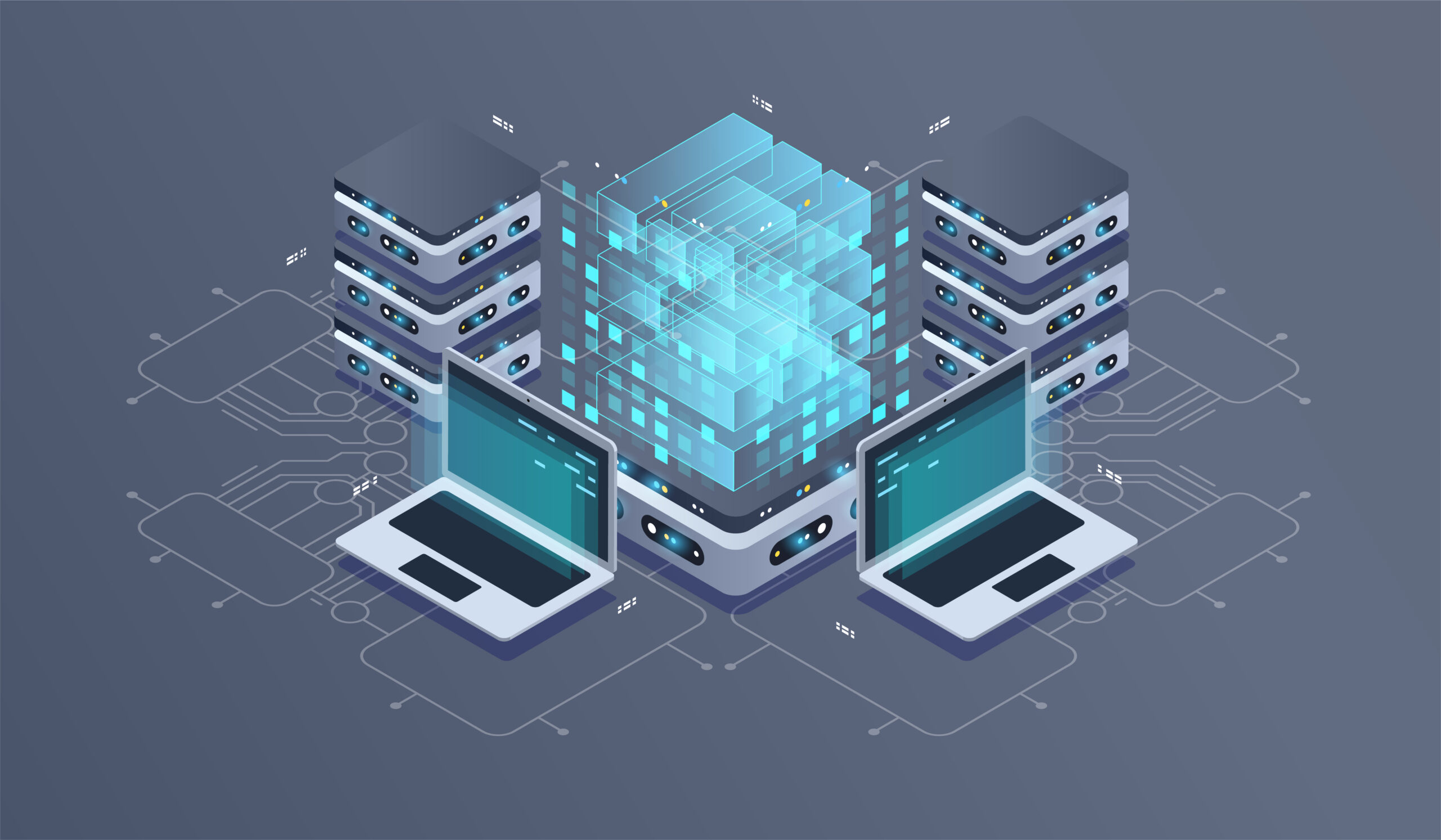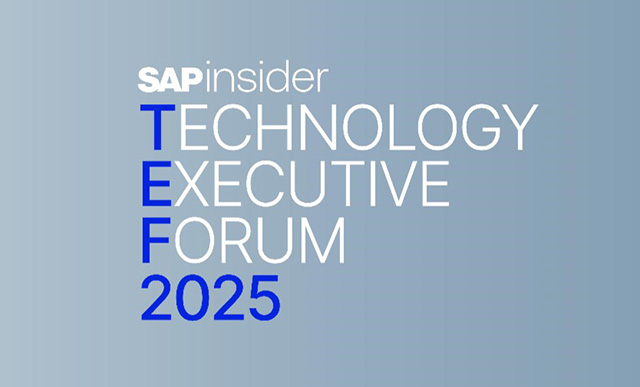Fortinet Enhances Threat Response with Automated Playbooks in FortiRecon
Meet the Authors
Key Takeaways
Fortinet's enhanced FortiRecon platform addresses fragmented security operations by unifying detection, prioritization, and response, enabling security teams to better manage expanding attack surfaces and streamline workflows.
The platform's features, including adversary-centric intelligence and automated playbooks, provide actionable insights and reduce response times, effectively supporting security operations centers in prioritizing and addressing threats.
Integration with existing Fortinet Security Fabric tools offers organizations the ability to leverage current security investments, enhancing operational efficiency and resilience against modern cyber threats while simplifying vendor management.
Many enterprises face challenges from fragmented security operations and resource constraints. Fortinet’s latest FortiRecon release responds with new orchestration features that automatically investigate and resolve threats. By unifying detection, prioritization, and response, the platform helps security teams address expanding attack surfaces more efficiently.
Fortinet positions the solution as one of the industry’s most comprehensive platforms aligned with the Continuous Threat Exposure Management (CTEM) framework. The updated platform integrates attack surface management, threat intelligence, and security orchestration into a unified solution designed to help organizations proactively identify and prioritize real-world exposures.
The announcement addresses a critical pain point for enterprise security teams who are increasingly overwhelmed by growing attack surfaces and unprioritized alerts. According to Nirav Shah, Senior Vice President of Products and Solutions at Fortinet, the enhanced platform provides “an attacker’s eye view of their internal and external exposures, backed by AI-powered threat intelligence from FortiGuard Labs, real-world validation, and automated response.”
Explore related questions
Enhanced Capabilities Target Operational Efficiency
The FortiRecon enhancements deliver capabilities across five key areas: scoping, discovery, prioritization, validation, and mobilization. The platform now provides continuous monitoring of both internal and external digital attack surfaces, incorporating National Vulnerability Database (NVD) severity ratings alongside FortiRecon’s proprietary Active Exploitation severity ratings for improved patching decisions.
A significant addition is the platform’s adversary-centric intelligence capabilities, which provide actionable insights from dark web activity, ransomware intelligence, leaked credentials, and at-risk vendors. The system includes bulk indicators of compromise (IOC) downloads and stealer infection details specifically designed to accelerate security operations center (SOC) workflows and improve breach detection capabilities.
The security orchestration component represents one of the most notable advancements, leveraging automated playbooks to investigate and respond to security threat findings. This automation aims to reduce the time required for responders to prioritize and take appropriate actions by streamlining security workflows that traditionally required manual intervention across multiple tools and platforms.
FortiRecon also expands brand protection capabilities, monitoring for domain impersonation, rogue mobile applications, phishing campaigns, and executive targeting. The platform uses proprietary algorithms to detect and facilitate takedown of fake phishing domains, brand impersonations, and data leaks across code repositories and cloud storage buckets.
Market Recognition and Integration Benefits
The FortiRecon platform integrates with existing Fortinet Security Fabric tools including FortiGate NGFW, FortiSOAR, FortiSIEM, and FortiDAST, enabling organizations to leverage existing security investments while expanding capabilities. For organizations using FortiFlex licensing, existing credits can be applied to FortiRecon Cloud deployments, providing flexibility for dynamic hybrid and multi-cloud environments.
Paul Cragg, CTO at Norm Cyber, noted that FortiRecon has “elevated the way we deliver managed security services” by enabling teams to provide “continuous, contextualized risk insights not just alerts.” The managed security services provider reports being able to prioritize remediation based on business impact while demonstrating measurable security outcomes to clients.
What This Means for SAPinsiders
Fortinet’s capabilities streamline security management across SAP environments. For technology executives, this means less time spent firefighting individual vulnerabilities and more focus on scaling digital initiatives. According to Fortinet, organizations that have integrated Fortinet solutions into their SAP S/4HANA upgrades have reported faster compliance audits and reduced downtime. These improvements translate directly into measurable ROI through operational efficiency and reduced regulatory risk.
Unified security platforms simplify vendor management and strengthen cross-application protections. In today’s SAP landscape, where hybrid and multi-cloud deployments are becoming the norm, executives need consistent security controls. Fortinet’s integration provides this consistency by unifying firewalls, endpoint protections, and threat intelligence into a single framework. This positions enterprises to securely expand SAP workloads without layering on unnecessary complexity.
Adopting integrated security solutions enhances resilience against modern cyberthreats. Market trends show a rising number of targeted attacks against ERP systems, making proactive defenses critical. By aligning with Fortinet’s platform, SAP customers could gain access to adaptive security that scales with business growth. This allows IT leaders to move from reactive incident response to predictive risk management.






